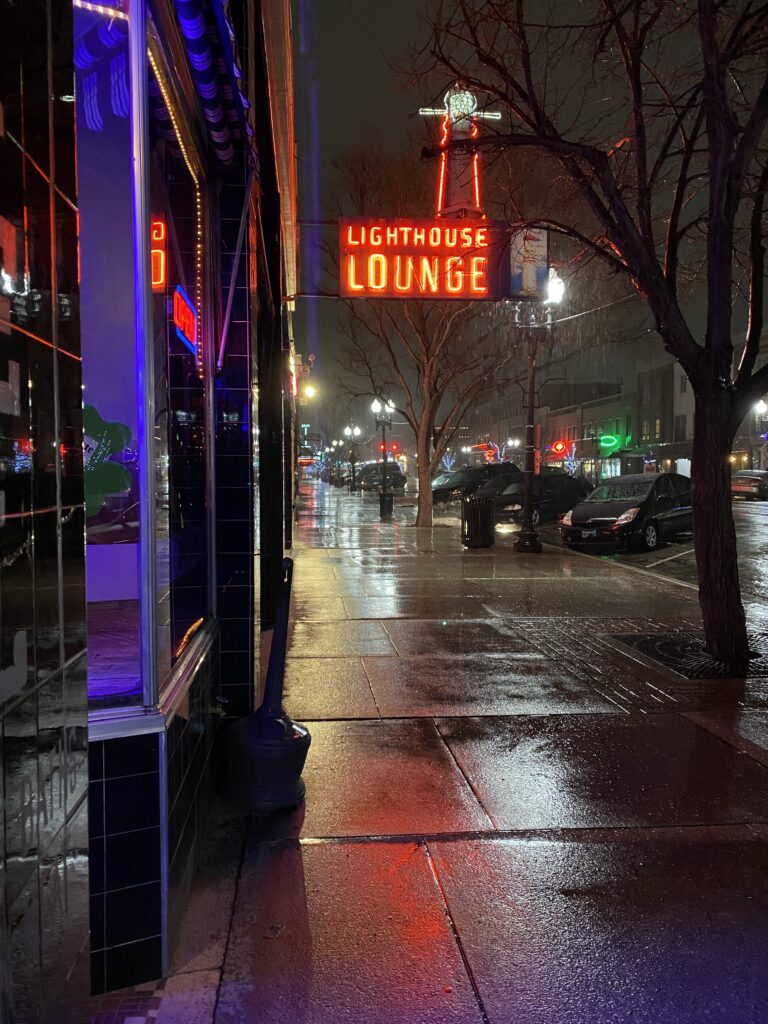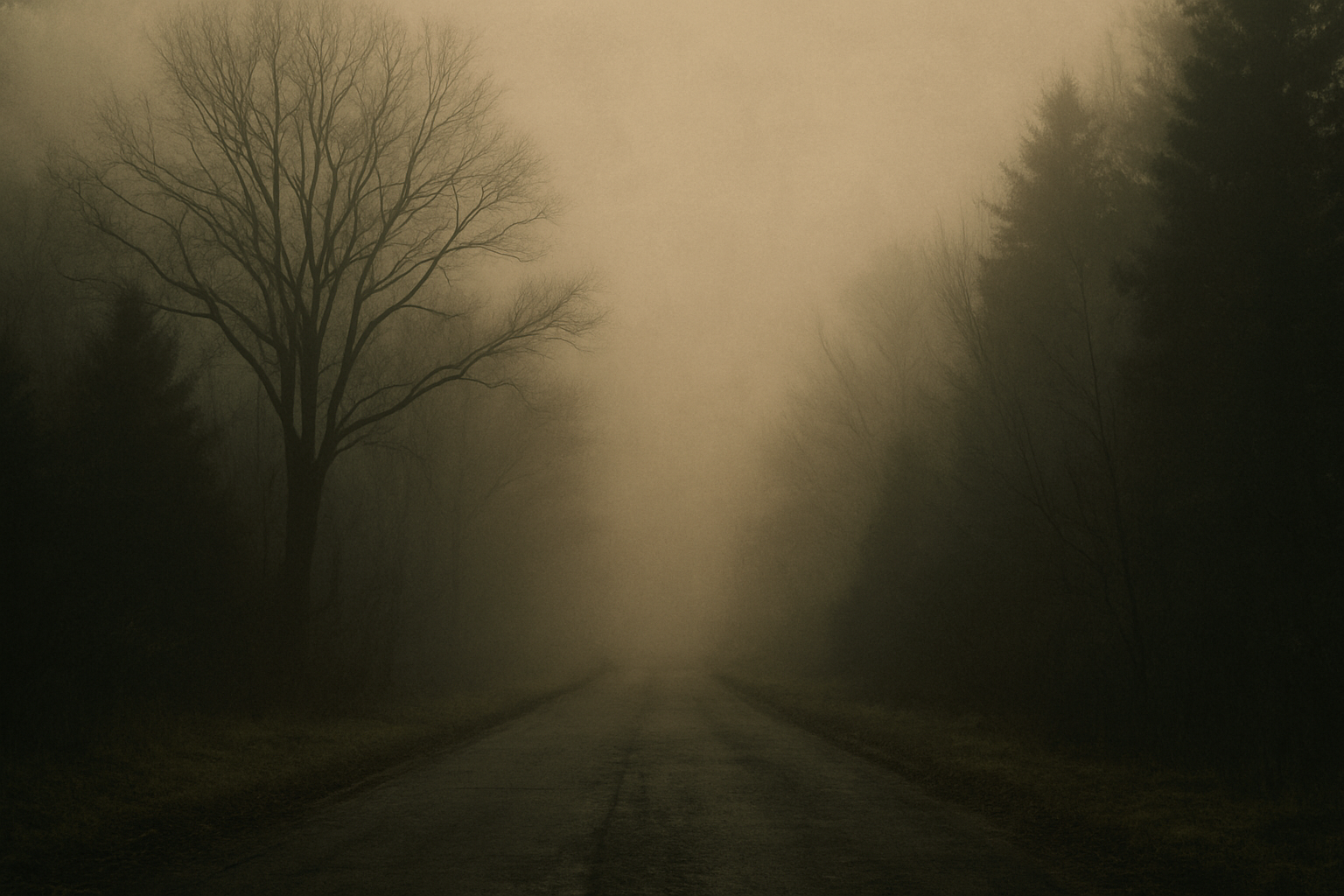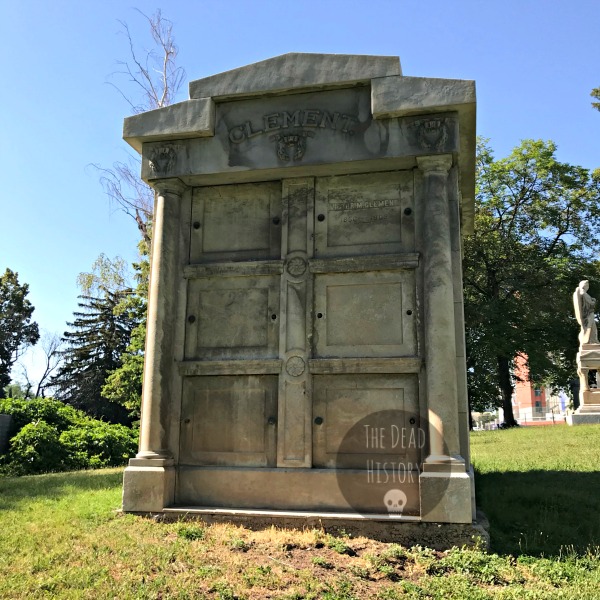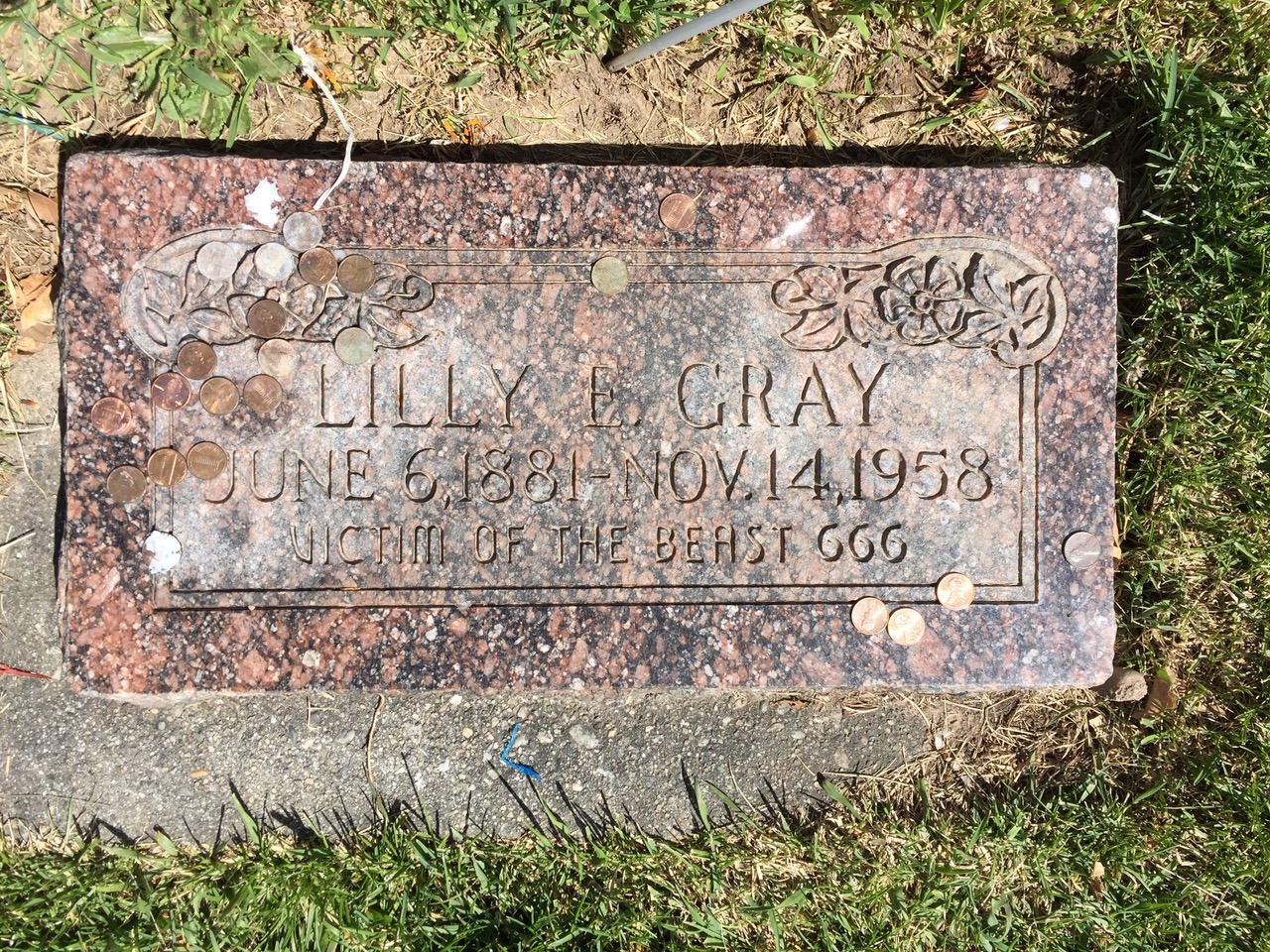Haunted places aren’t just about spine chilling stories or eerie encounters, they’re windows into the past. Every creak of a floorboard, every whisper in the dark, is a testament to the lives lived (and sometimes lost) within those walls. Ghost stories are not just tales of the supernatural; they are reflections of our history, our humanity, and our unending connection to those who came before us.
The Human Element of Ghost Stories
Behind every haunting is a person with a story. A tragic love affair, an unsolved murder, or a life lived in quiet sorrow. Ghosts are echoes of human emotion. Digging into these stories uncovers lives that might otherwise be forgotten. Haunted places remind us that history is not just about dates and events; it’s about people.
Kate Morgan famously haunts the Hotel del Coronado. In 1892, she checked in alone and died five days later on the steps leading to the beach with a gunshot wound to her head. Authorities ruled her death a suicide, though the details remain murky. Kate seemed determined to keep it that way. Her story reflects the challenges women faced in her era: social stigma for unwed pregnancies, limited resources for independence, and little tolerance for scandal. Many believe her ghost lingers in room 3327, a haunting reminder of the struggles women endured and the quiet tragedies often lost to history.
Preserving Architecture Through Hauntings
Paranormal reputations have saved many historic buildings from destruction. Tourists and ghost hunters bring funding that helps maintain these aging structures.
Waverly Hills Sanatorium in Louisville, Kentucky is an excellent example of a building preserved largely due to its haunted reputation. Opened in 1910 as a tuberculosis hospital, it saw thousands of patients during the height of the TB epidemic. The hospital eventually closed in 1961, and over the years, its eerie reputation grew, fueled by tales of ghostly nurses, shadowy figures, and the infamous “body chute” used to discreetly remove the dead.
Once at risk of demolition, Waverly Hills was saved partially in thanks to its paranormal allure. Ghost tours, overnight investigations, and annual Halloween events draw visitors from around the world, providing the funding needed for restoration and preservation. The building now stands as both a haunted hotspot and a sobering reminder of the TB epidemic’s impact on history.
Cultural Reflections in Hauntings
Ghost stories often reflect the fears, values, and beliefs of the time they originated. They can teach us about how people viewed death, the afterlife, and even societal taboos.
In the Victorian Era there was an explosion of ghost stories, driven by the rise of spiritualism and fascination with the afterlife. These stories often took place in large, crumbling mansions, literal symbols of declining aristocratic power. Victorian ghost stories often tied spirits to moral lessons, unresolved family drama, or societal taboos like illegitimacy or forbidden love. The themes often centered around redemption, justice, or even punishment for sins. The Industrial Revolution and advancements in science led to a tension between faith and reason, reflected in stories that blended the supernatural with skepticism such as Charles Dickens’s A Christmas Carol.
Modern ghost stories often explore trauma, mental health, and personal relationships. They’re less about morality and more about the complexities of human emotion. The settings are typically more relatable such as suburban homes, schools, or workplaces. The themes often center around grief, loneliness and the lingering effects of trauma. With advances in psychology and societal shifts towards valuing personal expression have reshaped how we interpret hauntings. The Haunting of Hill House by Shirley Jackson explores family dynamics, mental illness, and generational trauma through a supernatural lens. It’s one of my absolute favorites.
Comparing the Victorian Era to today shows that ghost stories are more than entertainment. They serve as cultural artifacts.
Filling in Historical Gaps
Historians have not preserved all histories equally. Record keepers often ignored marginalized groups, causing women, immigrants, and laborers to slip through the cracks. Ghost stories, however, provide a unique lens into their lives. These tales highlight individuals or communities that history might otherwise forget. The paranormal often gives them a voice.
Tales of unrest, injustice, or trauma often inspire ghost stories, reflecting experiences that disproportionately affect marginalized groups. These stories preserve whispers of their struggles, even when official records do not. Most ghost stories began as oral traditions passed down through generations. In the absence of written records, these tales can be a way to keep histories alive, in supernatural form.
Ghost Stories as a Voice for the Forgotten
I love researching ghost stories about women history tried to erase. Many believe Belle London, a madame on Ogden’s 25th Street, haunts several buildings there. Toni Jo Henry, executed in 1942, likely wouldn’t face the same fate today. Ghostly lore has kept both of their names alive. Their stories spark curiosity about their real-life struggles and circumstances.

Stories of Chinese laborers who built the U.S. railroads often surface in haunted locations like tunnels or rail stations. Ghost tales of these workers sometimes preserve the only narrative of their dangerous working conditions and untimely deaths. These stories help preserve their sacrifices, even when society has largely ignored their contributions.
The Haunted Histories of the Forgotten Dead
And finally social outcasts and the forgotten dead. Potter’s Fields, burial sites for the poor and unknown are often said to be haunted, or society tries to erase that they existed entirely. These stories amplify the voices of those who lived and died on society’s margins, keeping their names and histories from being lost to time. Paranormal lore around such places brings attention to the humanity of the forgotten, reminding society to reflect on how it treats its most vulnerable.
While ghost stories offer a way to illuminate historical gaps, it’s important to handle these narratives with care. The goal should be to honor the people and their struggles, not sensationalize their pain. By focusing on their humanity, we ensure their stories are shared with the respect they deserve. Ghost stories can fill the void left by incomplete or biased historical records. They remind us that every haunting has a human story behind it, urging us to look beyond the supernatural for the truths that shape our collective history.
Why These Stories Still Resonate
Haunted places tap into our collective desire to connect with the past. They offer a tangible link to history, whether it’s walking through an old home or standing in the spot where a ghostly event reportedly occurred. These locations are more than just spooky; they are portals to the lives that once filled their walls.
Every time I visit a haunted location, whether it’s a famous site or an obscure hidden gem, I’m struck by the connection to the people who lived there. Knowing that someone met their end in a specific room, or that a building is said to be haunted by someone who deeply loved that place, brings history to life in a way that nothing else can. For me, it’s always about the people, their joys, their tragedies, and their legacies.
Legacies Worth Remembering
Haunted places matter because they ensure that history isn’t forgotten. They give us the opportunity to mourn the past, honor the dead, and better understand the lives that shaped our own. Ghosts may tell the stories, but the lessons they leave behind are meant for the living.









